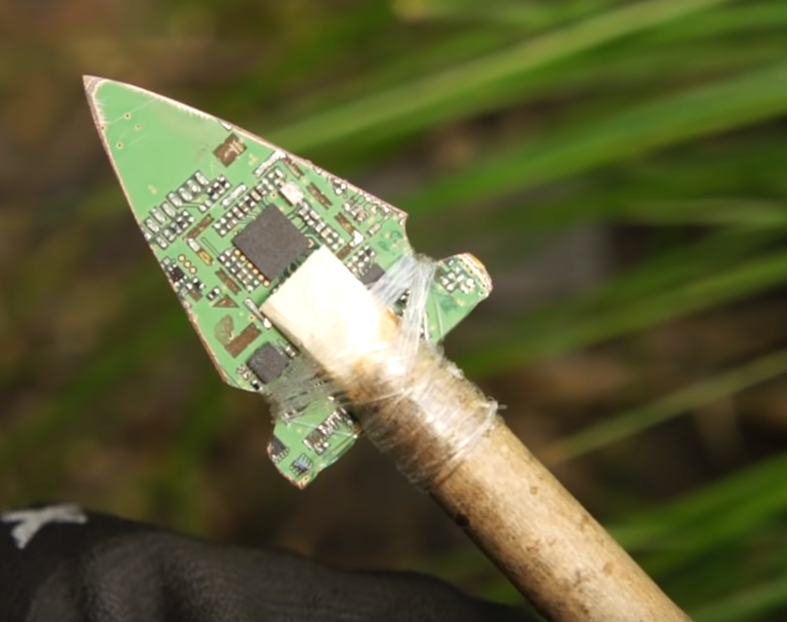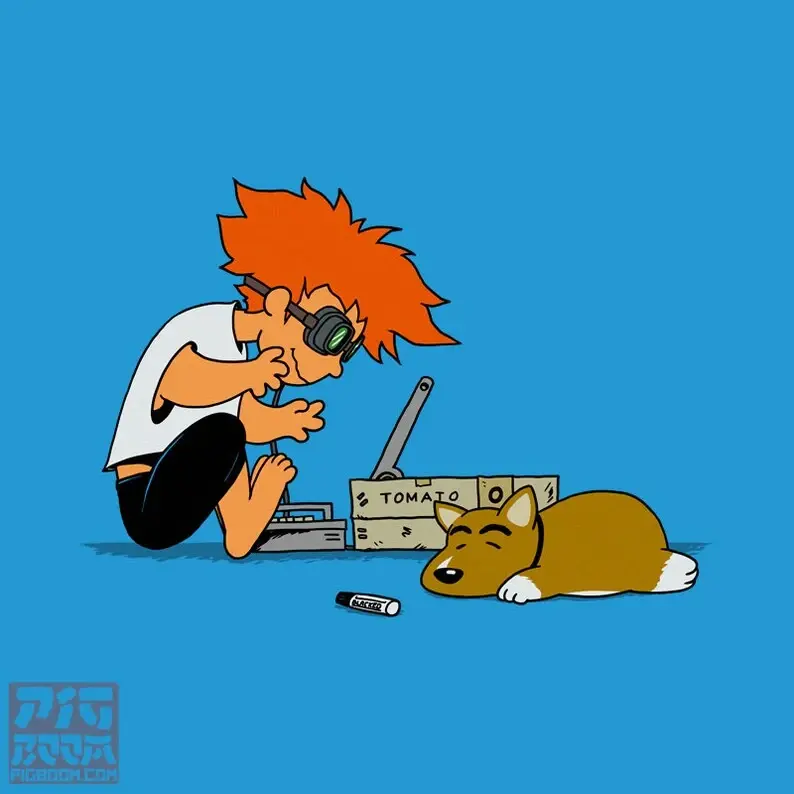I’m so happy we’re transitioning away from using synthetic processes to create so many inferior synthetic compounds, and transitioning towards using synthetic processes to create tried and tested compounds we’ve been using and loving for millennia.
This article is very thin on the details. Why would anyone want to cultivate a plant in the lab that grows perfectly well in fields across multiple climate zones?
The final product is dried and harvested, with minimized water, land and energy use, Galy says.
That’s why. Cotton is notoriously bad in all of those categories. To that I would add the most cotton grown commercially is paired with a lot of pesticides as well.
From an EU briefing on textiles and the environment:
Cotton accounts for 24 % of global fibre production, according to Textile Exchange. It can be problematic because it can require huge quantities of land, water, fertilisers and pesticides and cannot easily be recycled into virgin fibre. However, the environmental impacts of organic cotton can be reduced drastically compared with conventional cotton, as it uses less water and pollutes less.
The huge quantities of land required should absolutely not be underestimated as a climate problem. If we’re going to survive this we absolutely need to give land back to nature at a massive scale, and the easiest (humanely tolerable) way of achieving this is to produce the same goods at a much lesser surface area. Lab cotton could, hopefully, be efficiently grown in a high rise building with a minimal physical footprint.
Lab cotton could, hopefully, be efficiently grown
While there are not many details this is hopefully a great step toward more efficient cotton production. There are a number of possible reductions from this method (hard to know without full details though), that being lower usage of land, water, pesticides, herbicides, and shipping.
Longer term what I find exciting is the some of these lab grown systems may work well “closed loop” which mean they might work off planet at some capacity or another. That is a much longer term vision though and we have a long way to go before we master that aspect.
I guess for water getting a closed loop should be almost without challenge. I’m more interested in the potential of making life livable on earth though, at least in the short term. Still, the requirements are similar - lowered use of resources. :)
To make the Galy cotton, a team collects samples from a plant and harvests its cells. The cells are grown in bioreactor or fermentation vessels in a cell culture process similar to beer brewing. The final product is dried and harvested, with minimized water, land and energy use, Galy says.
Maybe I just misread the sentence. But the full quote seems deliberately obtuse to me. They don’t explicitly say that they need less water than traditional farming.
Cotton is one of the worst things to grow in 99% of the world yet we do it as a cash crop.
In Australia cotton farmers are turning rivers dry, and if you know Australia we don’t have much water to begin with.
the worlds fourth largest lake was almost entirely drained by cotton cultivation
In theory it could use far less land, water, fuel, and pesticides to achieve a similar output of a superior quality product, In theory. There’s a lot of labor resources and energy that goes into growing cotton. You could likely replace many hundreds of acres of cotton fields with a modest factory on 20 acres of land.
Cotton requires a lot of water and is considered a high risk crop with climate change. There are already failing crops, and cotton takes long enough to establish that it’s hard to adjust quickly. This is grown from cotton cells anywhere we can stand up a factory.
Once we grow it in a lab we can control it a lot more. Maybe genetically engineer it to have different properties.
Space? Mars? Something like that, maybe?
we can make so many things from fermentation now, its unreal. We can ferment plastics now.
Thank good. Now I can stop worrying about all that suffering cotton.
id worry more about how the worlds fourth-largest lake
has been almost entirely drained, and turned into a toxic desert.
because of cotton cultivation
Theres a few metrics that are the only thing that matters here, and this doesnt have any of them. Thorough comparisons of water usage, carbon footprint, and land usage. A lab has a lot of extra things that go into its impact compared to plants just growing in soil. Its a whole ass building for one. Thats a lot of impact in construction and maintenance. Thats air conditioning and plumbing for employee needs, electricity needs, roads and parking lots, all of this is water and emissions impact. Dont forget that a plant growing is itself sequestering carbon, if this is less plant material than conventional growing, thats another impact. Ive got a whirlwind of concerns for this
Interesting, but kind of has the ‘y tho?’ factor to it. Others note the land and water use issue vut it seems there are a lot of other crops that would be bigger targets on those fronts. Lab meats, now that I can see a big reason for, the lack of need for slaughter and the amouny of feed and space needed for beef production is massive for what we get out of it.
It’s the same issue with cotton; it takes a lot of water and land. With this, one can feasibly use less land for more product; as well as avoiding child and slave labour which has been associated with cotton production in countries with lax or non-existent labour laws.
In short: Efficiency and ethics.
It probably has to do with difficulty of cultivation. Meat is a real pain to grow in the lab, the methods are already pretty complex and production is still low. At the end of the day it’s adapted to be in an animal. On the other hand, cotton is just pure cellulose, which any number of organisms can produce including bacteria.
Mandatory mention that I didn’t read the article.
Others note the land and water use issue vut it seems there are a lot of other crops that would be bigger targets on those fronts.
It’s very likely other teams are working on other crops, and this just happens to be a high profile early success.
This is quite a bit easier to accomplish than meat (as a product people want to consume). This is genetically modified yeast that produces cotton fibers. The same thing is done to produce insulin, and many other products.
Meat is far more complex though. It’s not super difficult to grow meat, but it is in a form that resembles meat people expect and want. You can’t just grow muscle. You need to have the correct ratio of fats, and not just the correct ratio, but it should be in the meat in an expected way, not just a seperate layer on top. It’s complicated. It will be a huge benefit when it’s available, but there are probably dozens of companies already working on it.
See now there’s a factor I hadn’t really thought on. People likely wouldn’t even know the difference with this, though you’ll probabbly end up with some ‘expert’ class that claims natural grow is superior in some way or another. Food has the aspects of presentation texture amd taste to contend with. I wonder if the way in for lab meats might actually be through fast food and the like. Nobody is ever going to McDonalds and praising the wonderful texture and balance of their burgers and nuggets, it’s just something to eat. Get people accustomed to it that way and let it grow from there.
Not just land and water use, but there may be market reasons, as well as reasons relating to consistency and application specific variations, too.
A bad grow season means lowered supply, higher global cotton prices, etc. Natural farming means lots of supply at harvest, money spent on storage and dwindling supply during the off seasons. There’s often transport costs (usually), and there’s always cleaning and deseeding, too.
On the environment front, while polyester and other plastic-based fibers have their uses, they are often used instead of cotton due to cost. Consumers are becoming more aware of micro plastics, and may start changing buying habits as a result. It’s also possible that governments may start to regulate artificial fibers, too.
Technology-wise, it may be possible to tweak the fibers for specific use cases. It may even be possible to grow colored fibers, or fibers with enhanced strength.
A lab-grown option, especially if at scale, can mean a constant supply of fibers near looms that are customizable, need less post-processing, and are more appealing to consumers.
Cotton on the roadside, cotton in the ditch. We all picked the cotton but we never got rich. Daddy was a veteran, a southern democrat. They oughta get a rich man to vote like that.














